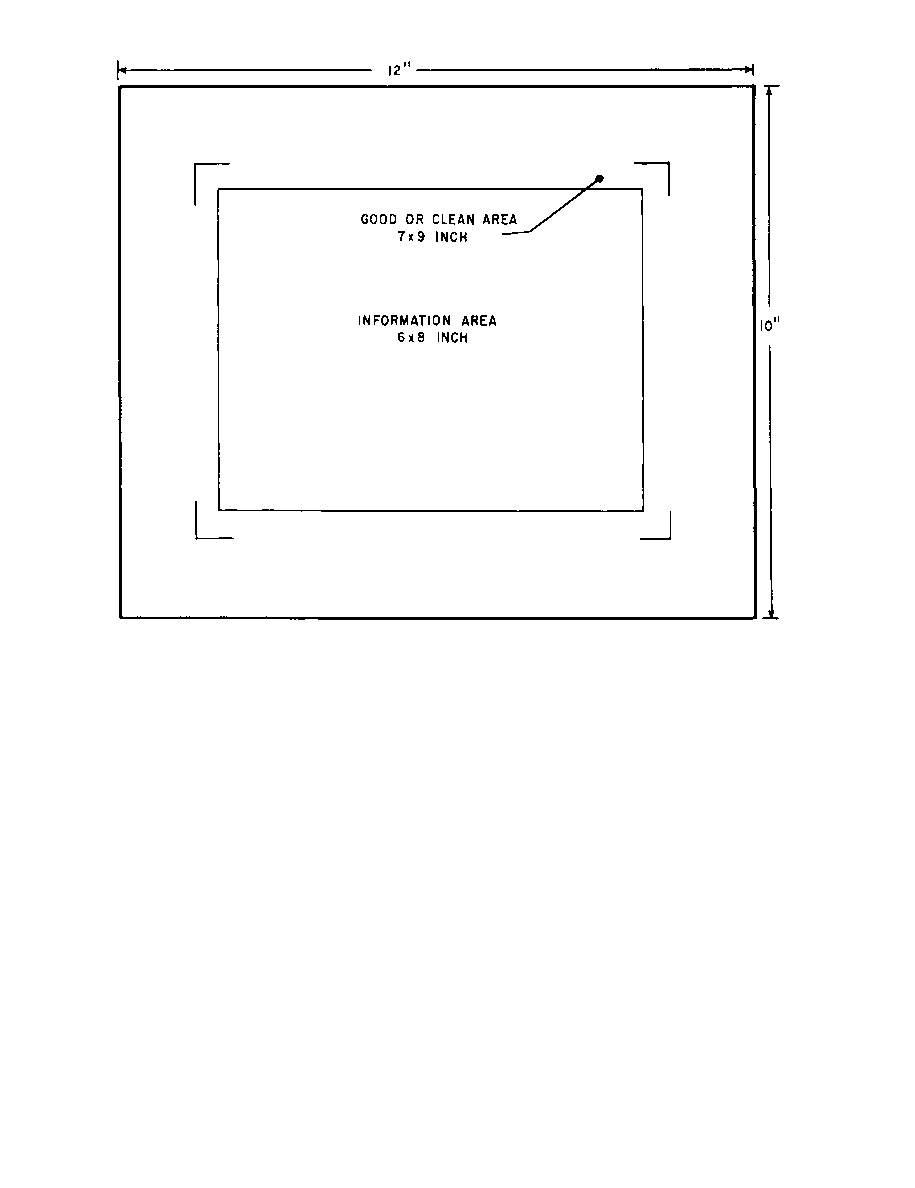
DOFMaster
for Windows
On-line
Depth of Field
Calculator
DOFMaster for Mobile Devices
On-line
Depth of Field
Table
Hyperfocal
Distance Chart
Articles
FAQ
Recommended
Books
Support
Contact
Links
Home
for Windows
On-line
Depth of Field
Calculator
DOFMaster for Mobile Devices
On-line
Depth of Field
Table
Hyperfocal
Distance Chart
Articles
FAQ
Recommended
Books
Support
Contact
Links
Home
As an Amazon Associate I earn from qualifying purchases.
![]()
information area is lost. Avoid using a wide-angle lens.
Besides the possibility of camera shadows falling on the
noticeable when panning over the graphic. A longer
focal-length lens overcomes the distortion problem, but
is less smoothly panned.
photographer will avoid glossy materials and glossy
photographs. However, when it is causing objectionable
reflections, the graphic can sometimes be tilted slightly
to help clear them; otherwise, relighting or surface
dulling may become necessary. The lighting for a TV
graphic is similar to lighting reflection originals in copy
curved surfaces easily show unwanted reflections.
confined within the area of the TV monitor.
transmitted area, and film frame.
If you were presented with a truckload of unidentified,
assorted parts and told that you now had everything
Basic Photography Course

As an Amazon Associate I earn from qualifying purchases.
WWW.DOFMASTER.COM
© 2006 Don Fleming. All rights reserved.
© 2006 Don Fleming. All rights reserved.